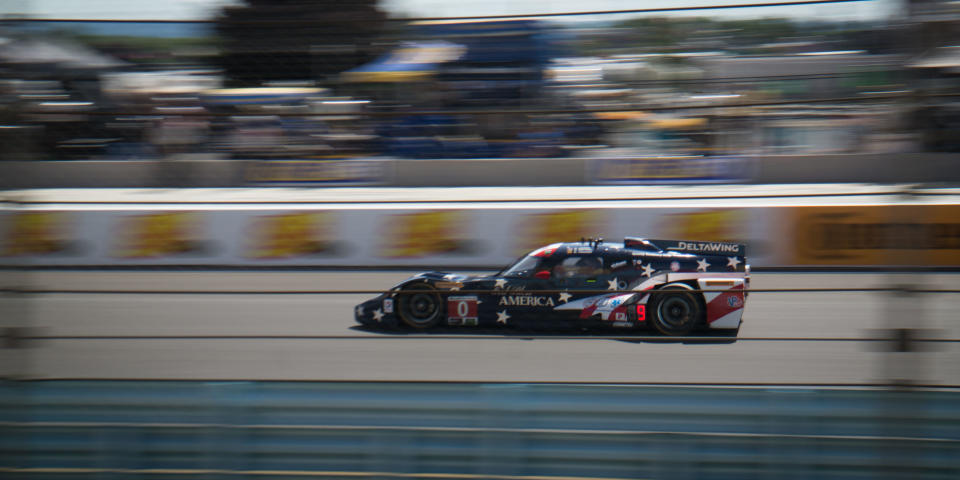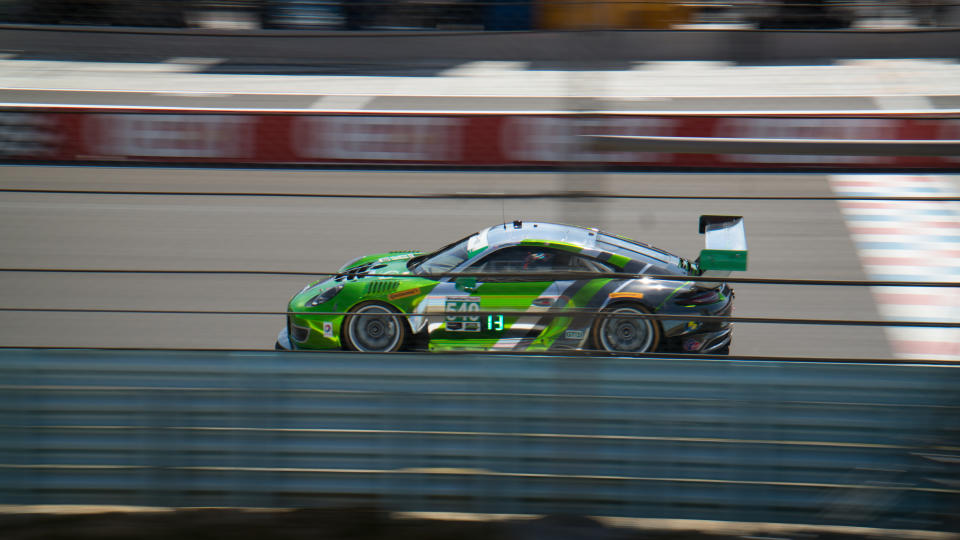Watkins Glen Will Always Be a Legendary Racing Circuit

Located deep in upstate New York, Watkins Glen International was once home to some of the biggest races in all of motorsport. Racing series such as Can-Am and Formula 1 brought out legendary names like Hunt, Lauda, Stewart, Clark, and Hill. Many early race victories were claimed by icons in motorsport. Mario Andretti, Bruce McLaren, and Jody Scheckter, just to name a few.
Times weren't always good for Watkins though. After the 1980 Grand Prix, the Glen was officially dropped from the Formula 1 schedule thanks to financial difficulties. The next year, the track went bankrupt and closed down.
Three years later, the newly renovated track would reopen to host the return of the NASCAR Winston Cup Series. The circuit prospered from then on, with several reconfigurations and improvements being carried out at the facility through the years.
Nowadays, Watkins Glen is home to NASCAR, IndyCar, and a fan-favorite, U.S. Vintage Grand Prix. The Vintage features racing cars from every era of motorsport, and is one of the largest vintage racing events in the nation.
Last year, the doors were shut on Watkins in order to prepare for a major repave of the track. Since the last repave in 1989, concrete patches were added to maintain the surface, and remained until recently. Those patches, along with drainage issues on some parts of the track, meant that the Glen was due for a resurfacing. The $12 million endeavor went off without a hitch. The track is now covered in nothing but 1.5-inch-thick motorsport-grade asphalt. New red and yellow curbing was added, along with extended run-off areas to improve safety for both the drivers and spectators.

The inaugural pro race for the new surface was this weekend's Sahlen's Six Hours of the Glen. An IMSA-sanctioned event, the Sahlen's Six Hour is one of the most popular stops on the schedule, drawing some of the biggest crowds of the year to the Finger Lake region. Last year's Six-Hour was drenched in rain, and since the track hadn't been repaved, the race surface was covered in standing water. Both the teams and spectators were forced to suffer through the storms.
This year's event could not have been more different. Opening to a sunny sky in perfect 80-degree weather, beautiful mountaintop views, and a slight cooling breeze, the Sahlen's Six-Hour was looking to be full of high-speed action. This was my first time at the track, and I couldn't wait to see what it had in store for me. There was already a huge crowd in pit lane when I arrived, everyone trying their hardest to snag a selfie next to one of the crazy Ford GTs or the Mazda Prototype car, which was clad in Le Mans tribute livery to honor their win in 1991. At the start of the race, the grandstands at turn one were barely half full, and I wouldn't find out why until later when I walked around the rest of the facility.
The place is huge. 3.4 miles may not seem like a long circuit, but almost all of the interior of the track, and most of the exterior, is open to walk through and spectate. You can spend the entire six-hour race walking along the track to get different angles of cars whizzing by. Getting 30 feet away from turn one on the inside was easy, and since the place is so big, there weren't any huge crowds in one spot. The wonderful thing about professional road races in America is just how close you can get to the track. The only thing between you and the thunderous sound of a Corvette prototype is a torso-high chain-link fence, and your ears will let you know. Mine were still ringing hours after the race ended. That isn't to say there wasn't any place to sit down and relax, however. There were plenty of grandstands lined along the front straight and turn one, and since they were sparingly populated, all I had to do was pick my favorite seat and sit down. Want to sit a couple of car lengths away from the start/finish line? Sure!

A large percentage of the Glen's property was dedicated to camping spots for people to stay over the weekend, either with an RV or a tent they've set up. Many people set up campfires and viewing areas of their own, and some even had an excellent view of the race itself. Similar to Le Mans, but probably a lot cheaper and closer to home.
Oh, then there's the racing. Nothing compares to seeing stuff like this in person. Sure, you'll probably get better coverage of the race on IMSA's live stream, you might even know who the race leader is. But when you're actually out there, standing on the corner before the front straight, none of that really matters. There are loudspeakers set up along the track that stream IMSA radio to keep spectators in the loop, but once the cars actually start flying by, they might as well be playing nothing, because there's no way anyone can hear it. And that's fine. Just listen to a Corvette C7R once at wide-open throttle, and that's all you'll ever want to hear again.
The track might be a solid four-and-a-half hours away from New York City, but that doesn't matter. People from all around the northeast and beyond are willing to make the trip, because it's worth it. An event at Watkins Glen is a good way to spend a weekend, and a great way to celebrate our nation's independence.
Car enthusiasm is alive and well, despite what all the millennial blogs keep saying. People love to drive, and people love to watch cars go around a track as fast as possible. The future of Watkins Glen International is as bright as race day was, and it'll be here for a long, long time.

 Yahoo Autos
Yahoo Autos 